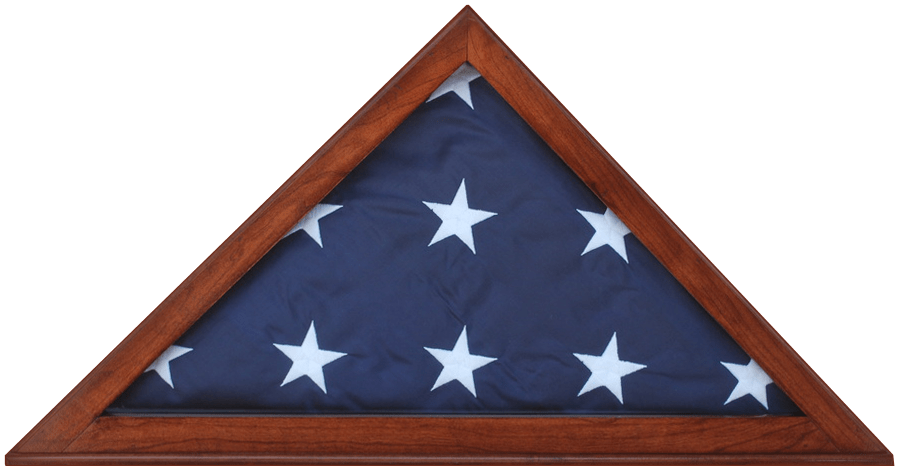History of the Thirteen Colonies

The 13 Colonies: The Foundation of America
Before the United States became an independent country, it was comprised of 13 British-owned colonies along the East Coast. These colonies played a crucial role in shaping the country’s history, politics, and culture; the effects of which can still be felt long after independence from the British.
The Origins of the 13 Colonies
The 13 colonies were established by Great Britain between 1607 and 1733. Each colony held its own purpose and characteristics that distinguished them from one another. They were divided into three distinct regions that developed differently based on many different factors. Some of these factors included geography, climate, and economic activities.
- New England Colonies: Massachusetts, Connecticut, Rhode Island, and New Hampshire
- Middle Colonies: New York, New Jersey, Pennsylvania, and Delaware
- Southern Colonies: Maryland, Virginia, North Carolina, South Carolina, and Georgia
Economy and Daily Life
The economy of the colonies varied wildly based on region.
- New England Colonies: Due to the rocky soil and vastly colder climate, farming in a larger-scale was difficult. Because of this, the New England colonies relied heavily on fishing, shipbuilding, and trade. They were also known for whaling, which dates back to 1644. This culture lasted long after America was independent, evident in stories like Moby Dick. The region was also a hub for religious communities, particularly Puritans seeking religious freedom.
- Middle Colonies: This region was largely known as the “breadbasket” colonies, earning its name because of the fact that this region was ideal for agriculture and grew grains such as wheat, barley, and rye. It also had a diverse economy that included trade, crafts, and iron production. The population was ethnically and religiously diverse, including Quakers, Dutch settlers, and German immigrants. This was a trend that continued after independence and peaked from the 1840s to the 1880s.
- Southern Colonies: These colonies thrived on plantation agriculture, growing cash crops such as tobacco, rice, and indigo. The plantation system relied heavily on enslaved labor, making slavery a central part of the Southern economy and society. This dates back to August 1619 in Virginia, when the first enslaved Africans arrived in Point Comfort. The former southern colonies continued to rely heavily on agriculture until after WWII, when industrialization finally took hold.
The Road to Independence
While the colonies were originally loyal to Great Britain, tensions grew over time due to taxation without representation, trade restrictions, and other policies imposed by the British government. Events such as the Boston Tea Party, the Intolerable Acts, and the Battles of Lexington and Concord fueled the desire for independence. In 1776, the colonies united to declare their independence, leading to the formation of the United States. Since then, many more veterans have fought for our country and are honored through flag cases like the ones handcrafted by Crafted Cases.
Legacy of the 13 Colonies
The 13 colonies influenced and set the stage for American democracy, economic growth, and cultural diversity as we know it today. They introduced ideas of self-governance, individual rights, and economic opportunity that would shape the nation’s identity. Today, their influence can still be seen in the political, social, and economic fabric of the United States. From the struggles that defined the original settlement in Jamestown to the bold Declaration of Independence, the 13 colonies played an crucial role in the birth of America. Understanding their history gives us insight into how the United States came to be and the ideals that continue to shape it today.
